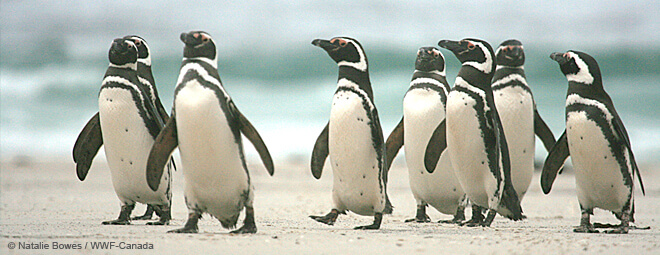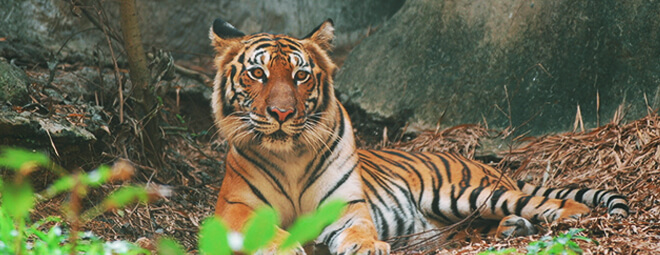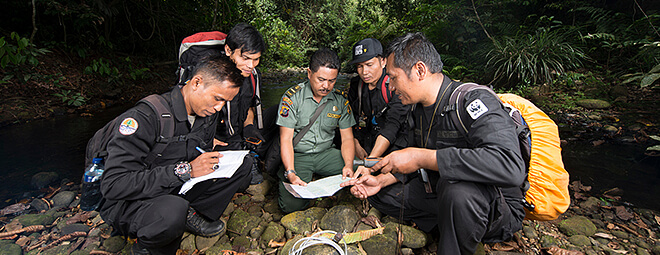Mother and cubs of Japanese Black bear in Shikoku Island filmed for the first time in history
2013/06/05
The population of the Japanese black bears (Ursus thibetanus japonicus)* in Shikoku is estimated at only 20 - 30 at most. In this spring WWF and the Shikoku Institute of Natural History, a local NPO, succeeded in filming of a mother and two cubs in the Tsurugi Mountain Range, one of their few remaining habitats. Since 2012 the two organizations have jointly conducted a survey called "A Comprehensive Investigation to Avoid Extinction of the Shikoku Black Bear Local Population". A mother with cubs was filmed for the first time in history.
A Mother with two cubs appeared in spring
The filming took place in the 1,020 meter high south-east slope of the Tsurugi Mountain Range extending over the Kochi and Tokushima prefectures. The survey team discovered a hibernation den of a female bear named "Shoko" in late March in its fourth mission of this year. The team has been studying her behavior patterns since last year using a GPS mounted collar attached on her neck.
In order not to interrupt her hibernation the team continued observation from a distance of more than 200 meters across the valley for 35 days from April 3 to May 12 when she left the den after awaking from her hibernation. The picture taken around 7:00 am on May 6 clearly shows two baby bears getting out and in the hibernation den.
Female black bears give birth during hibernation, but it was uncertain if Shoko, an aged female estimated at 13 years old, could make it. However, the video film showing her the two cubs became valuable evidence indicating that the critically endangered black bears of Shikoku are breeding.
Currently, the black bears of Shikoku are listed as an "endangered local population" in the Red List" of the Ministry of the Environment of Japan, but their habits and habitat environment are barely known.
Takaki Yamada, a researcher of the Shikoku Natural History and Science Research Center, points out that to conserve the bears it is important to continue to collect basic data and, at the same time, relevant government agencies must collaborate to make and implement effective conservation measures.
It is hoped that the filmed video footage will raise a nationwide interest in the protection of the black bears and their habitat in Shikoku.
*Subspecies of the Asian black bear found in Honshu and Shikoku Islands of Japan.
Endangered Status of the Japanese Black Bear populations: Extinct Kyushu;
Endangered: 5 local populations in Shimokita Peninsula, Kii Peninsula, western Chugoku, eastern Chugoku, Shikoku;
Threats: hunting (commercial and hunting), habitat loss by logging and development, isolation.







